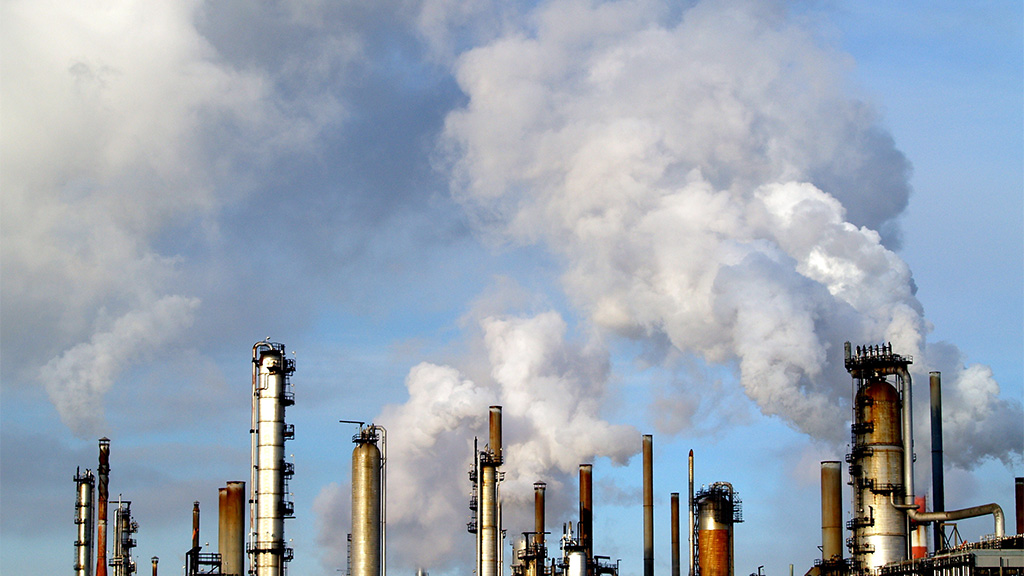CALGARY — Imperial Oil Ltd. could begin injecting and storing harmful CO2 emissions from its Cold Lake operations by the middle of this decade — well before the completion of a massive carbon capture and storage transportation line that has been proposed for the Canadian oilsands, the company said recently.
Imperial – which reported it earned $1.25 billion in its first quarter, up from $1.17 billion in the same quarter a year earlier — is a member of the Pathways Alliance, a consortium of oilsands companies that has committed to spending $16.5 billion on a massive carbon capture and storage network to be built in northern Alberta.
The project is the centrepiece of the oilsands majors’ joint commitment to reach net-zero greenhouse gas emissions from production by 2050. It would involve the construction of a 400-kilometre pipeline that would transport captured CO2 from more than 20 oilsands facilities and move it to a proposed hub in the Cold Lake area of Alberta for safe underground storage.
The line would also be available to other industries in the region interested in capturing and storing CO2.
The Pathways group has not yet committed to going ahead with the project, although it has said it intends to apply for regulatory approval for its carbon pipeline as early as this fall.
The Alberta government has already approved further evaluation the Pathways group’s application for geological storage space allocation in that area, though final approval has yet to be granted.
But Imperial CEO Brad Corson said on a conference call with analysts the company is geographically and geologically advantaged to be an early mover on carbon capture and storage, because of the proximity of its Cold Lake operation to the planned sequestration hub.
It means the company could begin capturing carbon from its Cold Lake facility and injecting it into the hub earlier, while other companies will have to wait until the completion of the transportation network.
“For that reason, we anticipate that our Cold Lake CCUS (carbon capture and storage) project, our very first capture project, will be in that Cold Lake area,” said Corson.
“We think it could be one of the very first projects for the whole Pathways Alliance, again, because of that advantaged proximity to the hub.”
Imperial, which hasn’t made a final investment decision on the Cold Lake carbon capture project, said it intends to begin engineering and design work this year with a targeted startup date sometime within the mid-to-late decade.The entire Pathways Alliance carbon capture network, if it goes ahead, would be one of the largest in the world. The Pathways Alliance says it could reduce net carbon dioxide emissions by about 10 million tonnes per year by 2030 from the first 14 facilities to use the system.
Alberta’s oil and gas sector is the country’s largest polluter, and while oilsands companies have managed to reduce their emissions per barrel, total emissions from the oilsands have more than doubled since 2005 due to increased production.
The federal government’s own net-zero plan includes an interim target of reducing Canada’s emissions by at least 40 to 45 per cent below 2005 levels by 2030 – a goal and time frame that the oil and gas industry has long suggested is unrealistic.
However, Corson said the Pathways group is still hopeful it can have the carbon transportation pipeline up and running before that 2030 target.
“There still continues to be a lot of work to do to fully define all of the regulatory requirements, the fiscal support that’s needed…We still have a ways to go, both with the federal government and the provincial government,” he said.
“But we’re still optimistic that that trunk line can be built and operational prior to 2030, as well as many projects connected to it. And that obviously is a key enabler to helping the country meet its climate goals.”
© 2023 The Canadian Press











Recent Comments
comments for this post are closed